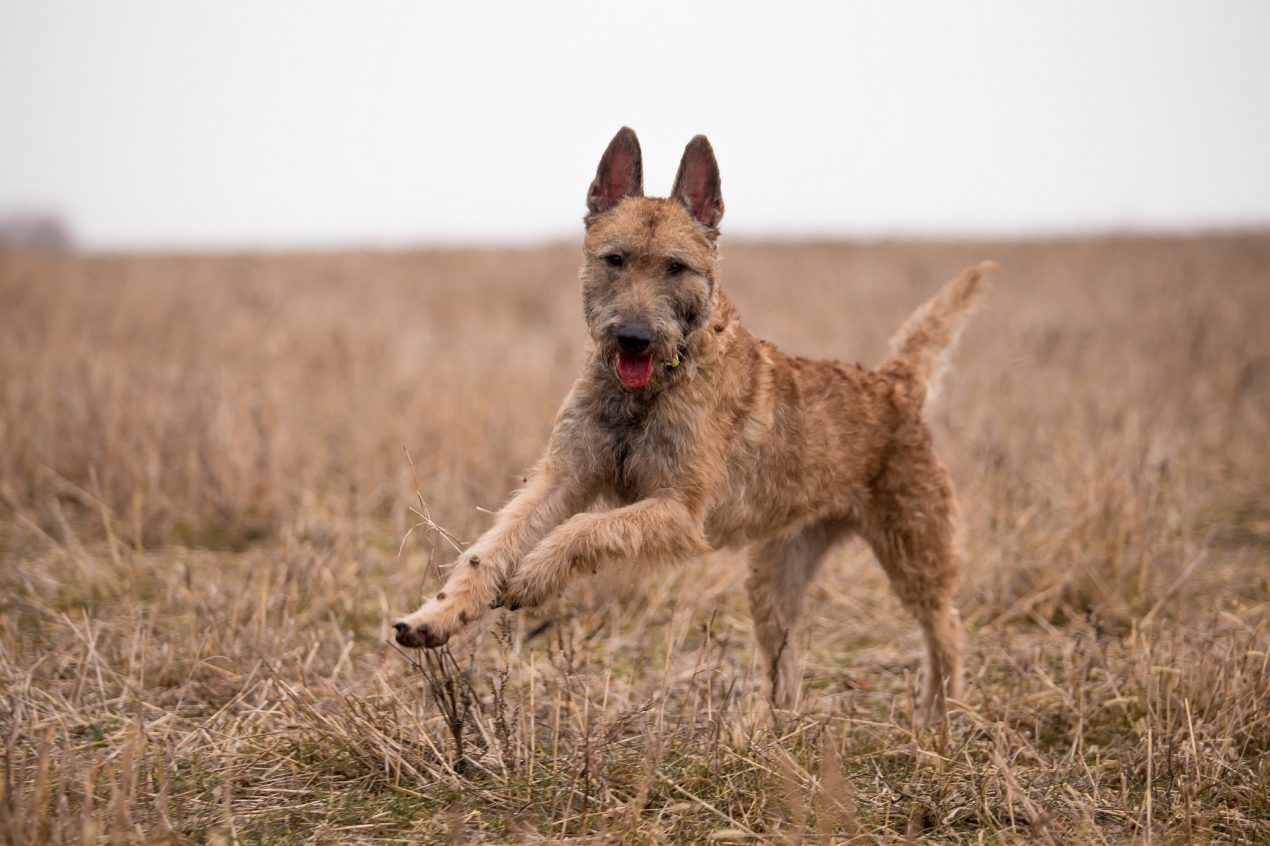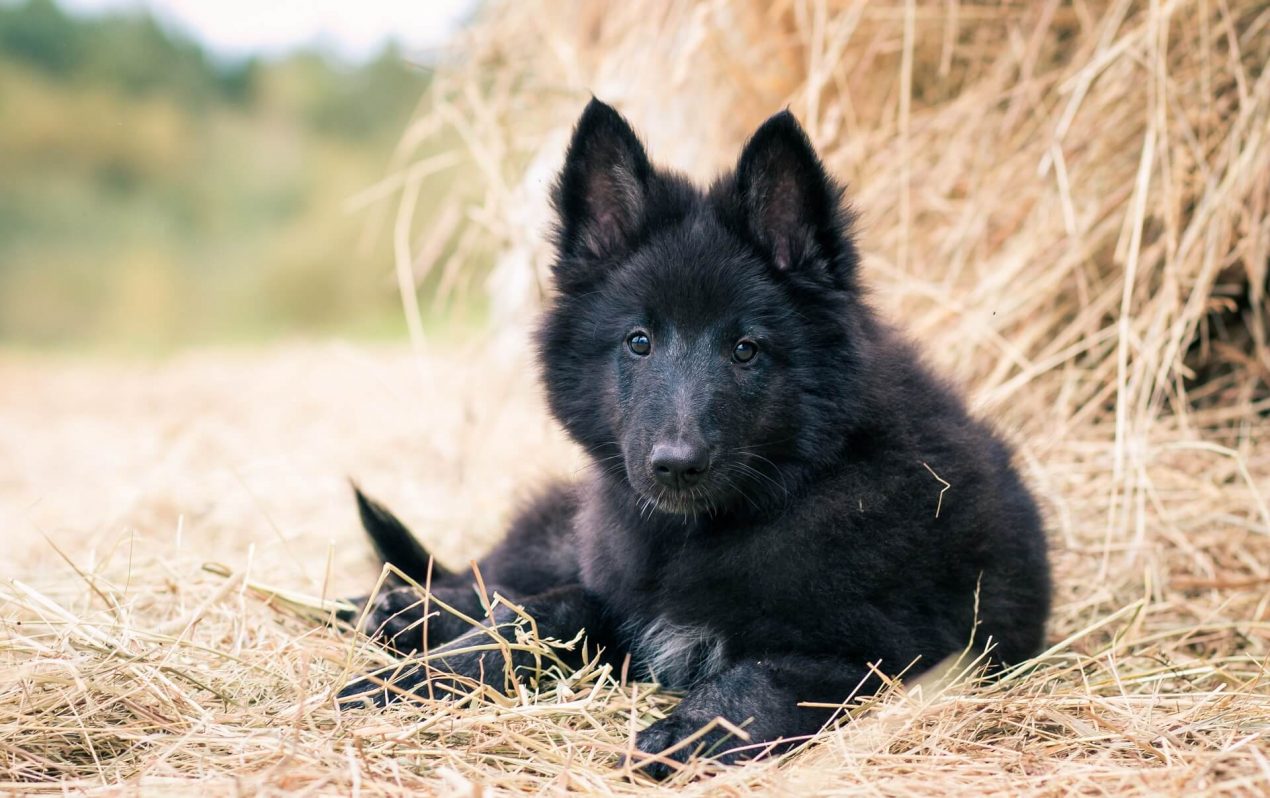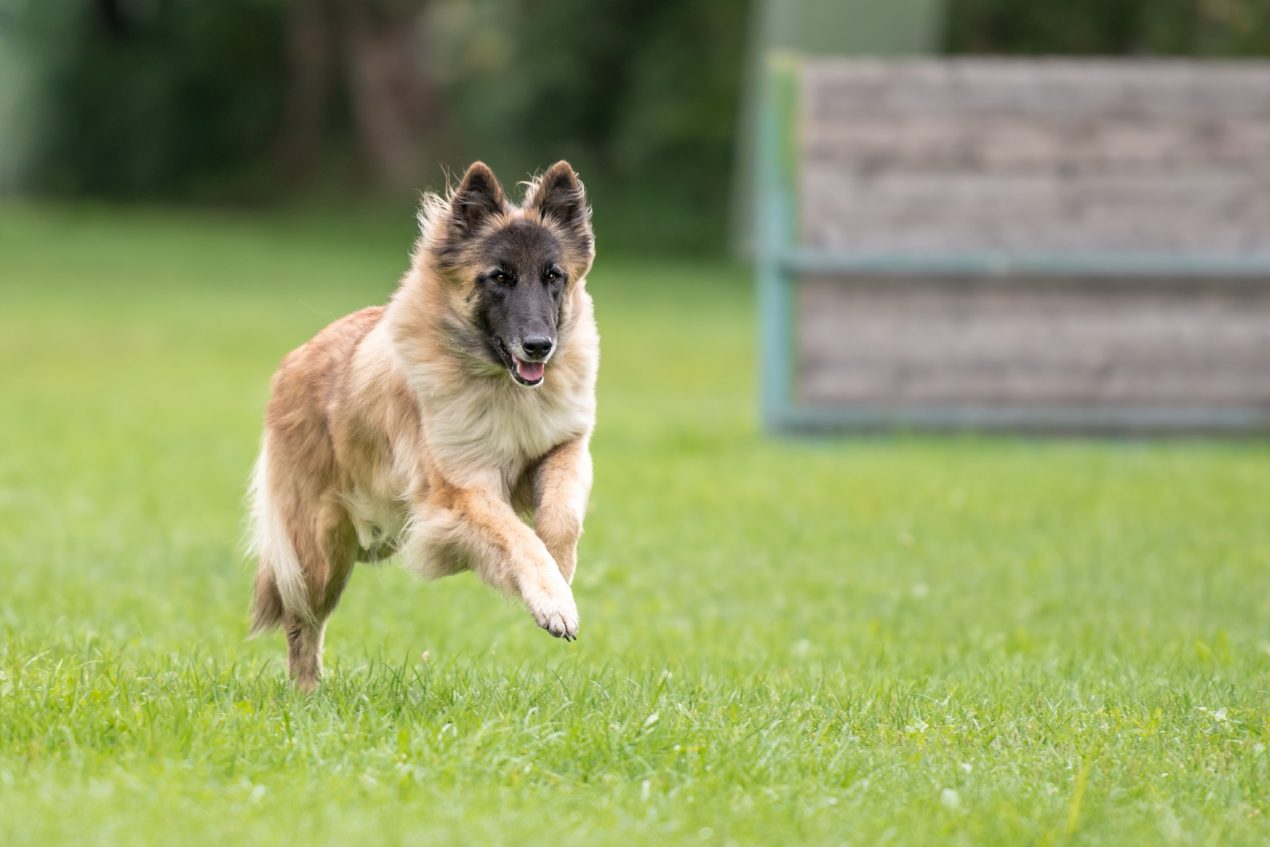Elegant, loyal, and, if necessary, combative: All this and much more describes the Belgian Shepherds. They are gaining popularity for good reason.
History of the Belgian Shepherd
The Belgian Shepherd is often referred to as Malinois, but that’s only half the truth. Belgian Shepherds come in four varieties, with Malinois being one of them.
Until the late 19th century, there was no uniform appearance for the shepherds used by Belgian shepherds and farmers as herding, guarding, and working dogs. They watched over herds and homes, drove cattle to pasture, and were often used as draft dogs. Emphasis was not placed on their appearance; their characteristics were the priority. No distinction was made between Dutch, German, and Belgian Shepherds at that time. This changed in 1891 when Adolphe Reul, a professor at the Belgian School of Veterinary Sciences, cataloged and laid the foundation for the breed standard. On September 28, 1891, he founded the Club du Chien de Berger Belge, and in 1892, the breed standards were established.
Breed Overview
GROUP: Herding
HEIGHT: 22 to 26 inches
WEIGHT: 55 to 75 pounds (males); 45 to 60 pounds (females)
TEMPERAMENT: Alert, loyal, protective, intelligent, active
COAT: Thick double coat with a dense undercoat and coarse outercoat
COAT COLOR: Black
HYPOALLERGENIC: No
LIFE SPAN: 12 to 14 years
Development of the Breed Standard
At that time, three variations were allowed, primarily distinguished by their coat: long, short, and rough. The Malinois, Groenendael, and Laekenois were accepted as variants. The Tervueren was included a few years later. Today, the Malinois is the most well-known and widely spread variation, with short, brown or reddish-brown fur, often with black clouding. Malinois, affectionately called “Malis” by their owners, have a black mask on their faces and were named after the city of Malines. Tervuerens closely resemble Malinois but have long fur. Groenendaels have long, black fur, and Laekenois have a fawn color with rough fur. Laekenois is the most original type of Belgian Shepherds, but they are now the rarest representatives. A white chest spot and white paws are allowed in all variations.
After the club’s founding, the success story of the Belgian Shepherd continued rapidly. The first dogs participated in exhibitions in 1892, but disputes about color variations persisted. In 1898, another club, the Berger Belge Club based in Malines, was established. This club was recognized by the Belgian umbrella organization Société Royale Canine St. Hubert, similar to the AKC in the United States, and is the only existing club in Belgium today. In 1910, the breed standards and characteristics of the four variations were finally defined. However, it was still allowed to crossbreed the four different varieties. This practice has been prohibited since 1973.

Temperament and Character
Belgian Shepherds are primarily one thing: active and adventurous. They are somewhat smaller and have a slimmer build than the German Shepherd, giving them an elegant appearance, speed, and agility. Some representatives of the breed tend to be hyperactive. Their ancestors were herding dogs, and this instinct remains ingrained. This makes them attentive guard dogs, always wanting to be in control and ensuring everything is in order. When it comes to defending their humans, they fearlessly take on the fight. They are loyal and devoted to their humans, with some Belgian Shepherds even showing signs of jealousy. Life in a kennel is not suitable for them.
They want to live together with their humans in the house and should not be left alone for long periods. Belgian Shepherds aim to please their owners, being trainable and intelligent. Physical exercise alone is not enough; they also need mental stimulation. They are sensitive dogs. If adequately exercised and well-trained, they can also make excellent family dogs. Some Belgian Shepherds are so affectionate that they would prefer to sit on their human’s lap indoors.
So, be prepared for a 20 to 35-kilogram dog eventually taking a seat on you. Compatibility with other animals depends on the individual, as not all Belgian Shepherds are the same, just like humans. The hunting instinct can be strong or weak in Belgian Shepherds. However, if the puppy is well-socialized and grows up with cats or small animals, there are usually no problems.
| Affection Level | High |
| Friendliness | High |
| Kid-Friendly | High |
| Pet-Friendly | High |
| Exercise Needs | High |
| Playfulness | High |
| Energy Level | High |
| Trainability | High |
| Intelligence | High |
| Tendency to Bark | Low |
| Amount of Shedding | Medium |
Acquiring a Belgian Shepherd
What to Consider When Buying?
Belgian Shepherds are becoming increasingly popular. Unlike most dogs of its size, they usually do not suffer from hip dysplasia. They are often used in police and other “jobs,” further increasing demand. This makes them attractive to so-called breeders who are only interested in quick profits. The puppies are often from Eastern Europe, and their papers, if at all present, are forged. They are neither vaccinated nor examined and are often already sick when they arrive. Therefore, you should definitely look for a reputable breeder when buying a Belgian Shepherd.
Finding the Right Breeder
A good starting point is the AKC (American Kennel Club), a breeding association. A responsible breeder who cares about the well-being of the animals will allow you to visit the puppy and meet them and their family before making a purchase. Some breeders even make this a condition. Of course, Belgian Shepherds from a reputable breeder come with a price tag, typically ranging from $1,000 to $1,500. However, in return, you get a puppy that has undergone multiple examinations, vaccinations, and proper socialization. Breeders who are passionate and genuinely care for their dogs don’t get rich from this endeavor.
A Belgian Shepherd has a life expectancy of 12 to 14 years. Can you take on the responsibility for that long? Can you provide the activity level they need? Unbalanced Belgian Shepherds often become aggressive and may end up in shelters or with Belgian Shepherd rescue organizations. Would adopting a Belgian Shepherd from there be an alternative for you? Even with a pedigree and papers, dogs are not immune to being surrendered. It’s not only problem dogs seeking new homes in shelters; sometimes, they are victims of divorce, their owners fall ill, or they have to move into assisted living. You can find wonderful dogs there that are already well-behaved.

Puppy Development and Training
As strong as their “will to please” is, Belgian Shepherds are not recommended for novice dog owners. They are very sensitive, and you should have prior experience in dog training and be able to assert yourself confidently. If you don’t clearly show that you are the pack leader and can be relied upon, they may become timid, nervous, or attempt to take charge themselves.
You must train them with loving consistency. Giving in to sweet puppy eyes is as harmful as being overly harsh in training. If you lack experience in dog training but still want to try with a Belgian Shepherd, be sure to attend puppy classes and a dog school. Keep in mind that Belgian Shepherds are late bloomers in training, not considered fully mature until around three years old.
How to Care for a Belgian Shepherd
Activities with the Belgian Shepherd:
Belgian Shepherds are happiest when they have a job to do, such as working as police or search and rescue dogs. You can engage them in mantrailing or various dog sports. In dog dancing, they will impress with their jumps and elegant movements, and they will likely enjoy agility as well. For them, what matters most is having enough action, being challenged, and having their human with them.

Health and Grooming
Belgian Shepherds are robust and not prone to illness. Occasionally, dysplasias may occur, but the risk is low, especially compared to other Shepherd breeds. If you buy a Belgian Shepherd from a reputable breeder, they would have conducted relevant examinations.
Grooming depends on the chosen coat variety. Malinois and Laekenois require no special grooming; brushing once a week is sufficient. For long-haired Belgian Shepherds, brushing several times a week is recommended. During shedding, daily brushing is necessary. Additionally, regularly check the eyes, ears, and paws. In the summer months, inspect your four-legged friend’s coat regularly for ticks, which can pose a serious threat to your dog.
Interesting Facts
The Malinois, in particular, is now employed as a police dog in many countries. In the United States, Belgian Shepherds even have military careers. Perhaps the most famous representative of these service dogs is Cairo. In May 2011, this dog assisted the Navy Seals in locating the terrorist Osama bin Laden in Pakistan.
The use of Belgian Shepherds in military conflicts has a long tradition. In World War I, they served as messenger dogs and were loyal helpers to the Red Cross. Sometimes, the dogs even pulled carts with the wounded.
Belgian Shepherd Overview
Pros
- Intelligent, easily trainable
- Loyal and affectionate with family
- Hardworking, up for any activity
Cons
- Very high exercise needs
- Prone to separation anxiety
- Can become destructive if left alone
Do you have a Belgian Shepherd or plan to get one? Share what you think makes them special in the comments!


